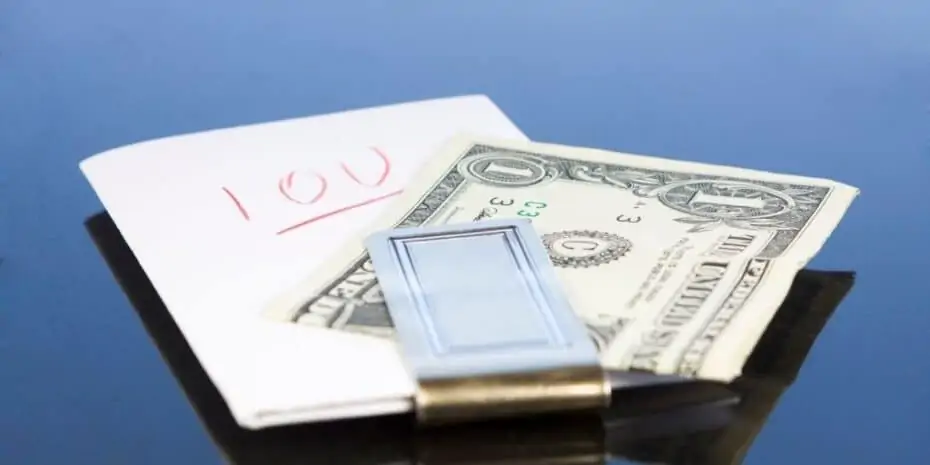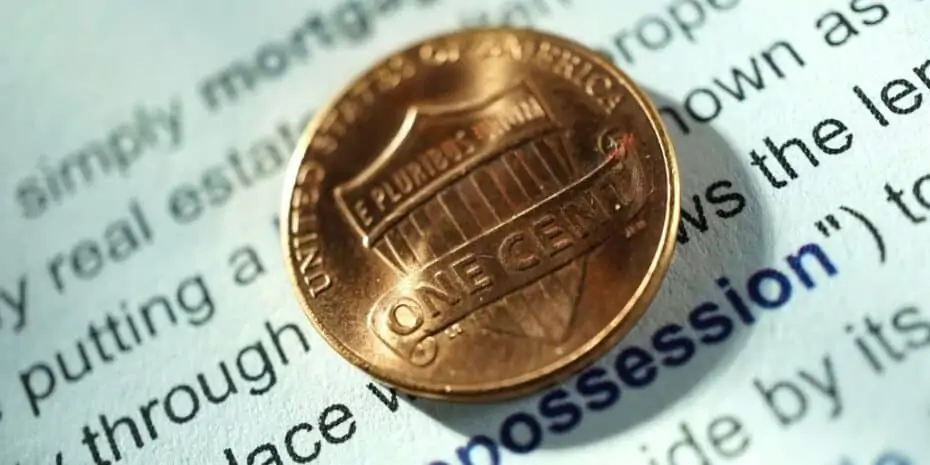What Is a Note?
How Does a Real Estate Note Work?
In a typical real estate transaction, the buyer makes a down payment and obtains a mortgage loan from a financial institution. The buyer signs two documents:
- A promissory note (or simply a “note”) describes the loan amount, interest rate, length of the loan, repayment terms, and what happens if the borrower defaults on the loan.
- A mortgage serves as collateral for the loan and authorizes the lender to take possession of the property in the event of default. The mortgage is a matter of public record, stored in the county land records.
Whichever party holds the note receives repayment from the other, subject to the terms and conditions described in the note.
Notes can be institutional or private, depending on who issues them. Notes created by banks and other financial institutions are called institutional notes. State and federal governments regulate this kind of note and must comply with the Dodd-Frank Act and other consumer protection laws[1].
On the other hand, private lenders—such as the property owner, a family member or friend of the borrower, or a private money lender—can also create private notes. Private notes are far more flexible and customizable because they do not have strict regulations like institutional notes.
Types of Real Estate Notes
In addition to institutional and private loans, notes can be further broken down by asset class, lien position[2], performance, and whether or not the loan is collateralized by a mortgage.
1. Notes by Asset Class
Notes are not limited to single-family homes. Lenders issue notes on all types of real property, including:
- Duplex, triplex, and other multi-unit residential properties.
- Apartment buildings.
- Commercial real estate.
- Industrial buildings.
Although the underlying asset class can be any type of real estate, notes are usually categorized as either residential or commercial.
2. Notes by Lien Position
Most notes are either in the first or second (junior) position. It is possible—although rare—to see notes in the third or even fourth position, however.
A note in the first position will be paid first if the borrower defaults and the property is repossessed. The junior note is paid after the first note is satisfied. Typical examples of junior notes include home equity lines of credit (HELOCs) and second mortgages.
First position notes are less risky than second notes but are not entirely without risk. Some claims, including tax liens, take priority even over notes in the first position.
3. Notes by Performance
A note is a performing note when the borrower makes payments according to the terms of the note. On the other hand, a note is non-performing once the borrower has failed to make payments for 90 or more days. In either case, a note is in default if the borrower has not made scheduled payments for at least 30 days and up to 90 days.
RELATED: 078: Justin Bogard Explain 13 Things You May Not Have Known About Note Investing
Investing in Mortgage Notes
Notes can also represent a way to generate passive income without actually owning physical property.
When investors buy notes, they are not actually buying the property but the outstanding debt and the right to collect the principal and interest payments due on the loan. If the note is collateralized with a mortgage, the investor can take legal action to gain title to the property in the event of default.
Mortgage Notes vs. Mortgage-Backed Securities vs. Mortgage REITs
Banks and other financial institutions make money on the fees and interest they collect from making mortgage loans. When a bank has too much money tied up in loans, it needs to create liquidity and build up lending reserves. They do this by selling some of the notes they have on their books.
If the loan is conforming, the bank can sell it to Fannie Mae or Freddie Mac where it is bundled with other notes and sold to investors as mortgage-backed securities (MBS). Investors buy MBS on the open market in the same way they would buy a bond or other security. With MBS, investors do not buy an individual note outright; they buy the rights to a share of the loan payments associated with a bundle of securities.
The lender can also choose to sell the note on the secondary market to individual investors. In this case, the investor buys a specific mortgage note created with a specific borrower. The investor gets all the payments associated with that particular note. Some lenders pool groups of notes and offer them to private investors and hedge funds.
Mortgage REITs (real estate investment trusts) pool investor money and use it to buy mortgage notes and mortgage-backed securities. They make money by using a mix of equity capital and low-interest, short-term debt to buy mortgage notes and pass the earnings back to investors. REITs are usually traded on major exchanges, making them more liquid than other note investments.
RELATED: How to Buy Performing and Non-Performing Mortgage Notes
Why Buy Notes?
Investing in notes is a source of passive real estate income that many investors prefer more than hands-on investment strategies such as fix-and-flip or owning rental properties. There are many expected and unexpected costs associated with active real estate investing and, in many cases, a higher level of risk.
With notes, the investor collects monthly payment checks without worrying about replacing a roof, evicting a tenant, or being unable to find a buyer for a rehab. If the borrower defaults, the investor can foreclose on the property and recoup some or potentially all of their investment. Many investors use low-risk, first-position performing notes to generate steady income.
Investing in nonperforming notes is a high-risk/high-reward strategy investors use to generate higher yields or even acquire property at a discount to grow their portfolio.
Nonperforming notes are usually sold at a steep discount of 10% to 40%. Investors who buy these notes can work with the borrower to cure the default by lowering the interest rate, balance, or monthly payment.
If the borrower can resume regular monthly payments under the new terms, the investor can hang onto the note as a source of income or resell it at a profit as a performing note. If the borrower cannot cure the default, the investor can take title to the property through foreclosure.
How to Buy Mortgage Notes
There are many ways to buy mortgage notes. Some of the most common include:
- A bank. It is possible to buy notes directly from the lender, but many pool notes and sell them to other banks or hedge funds. Some banks will sell non-performing notes to individual investors, however. Tools such as Bankprospector help connect investors with institutions selling mortgage notes.
- Note brokers. Note brokers work on commission and act as middlemen to help note sellers find investors and vice versa.
- Online note marketplaces. This is one of the easiest and most accessible ways to trade mortgage notes. Some popular note platforms include NotesDirect, Paperstac, Peer Street, and Loan MLS.
However, it is harder to find wholesale prices and discounted notes through online note platforms. Investors can expect to pay a premium for the ease and accessibility these exchanges provide.
Creating Mortgage Notes
Investors can also create their own mortgage notes. There are two ways to generate passive income this way:
- By creating a seller-financed note on property owned by the investor.
- By creating private money loans.
The first option carries tax advantages because it allows investors to break up the capital gains tax over the life of the note instead of paying the tax in full the year the property is sold. This is especially valuable for properties that have run out of their depreciation schedule.
Keep in mind that Dodd-Frank regulates notes when the borrower intends to reside in the property[3]. Investors who create their own notes may need to use a licensed mortgage loan originator to underwrite the transaction to avoid running afoul of the law.
Takeaways
Notes are binding contracts that spell out the terms of a real estate loan. They can be collateralized by a mortgage, which gives the lender legal right to the title if the borrower defaults on the loan.
Mortgage notes have become a popular way for investors to generate passive real estate income. Because there are different types of notes, it is easy for investors to match the risk/reward level of a particular type of note to their overall investment strategy.
Sources
- Justia. (2018.) Consumer Rights Law. Retrieved from https://www.justia.com/consumer/consumer-protection-law/
- Loftsgordon, A. (n.d.) What Is Lien Priority? Nolo. Retrieved from https://www.nolo.com/legal-encyclopedia/what-is-lien-priority.html
- NoteVestment. (n.d.) Note Investing with Dodd Frank. Retrieved from https://notevestment.com/note-education/note-investing-with-dodd-frank/







